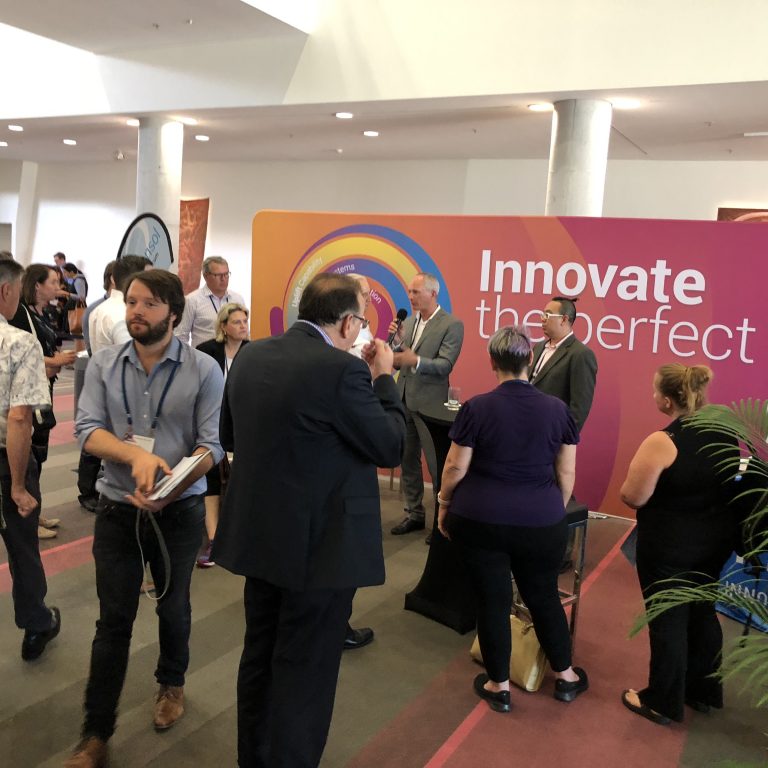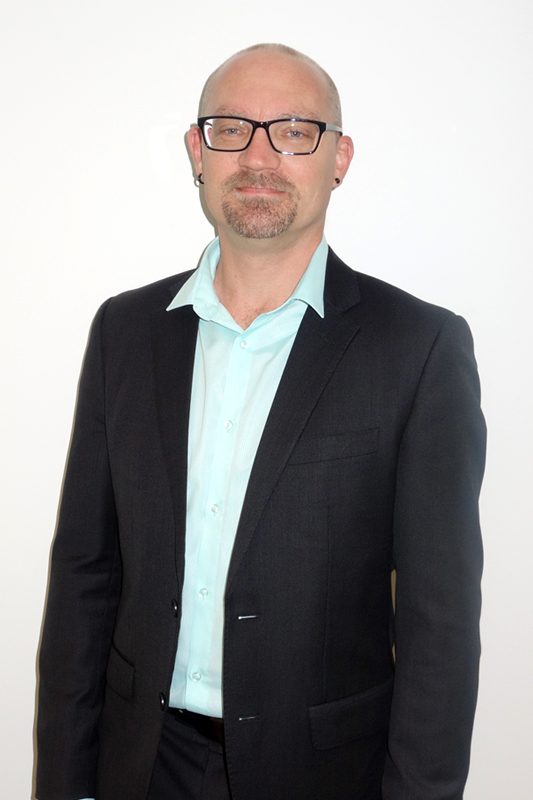Author: Danny Johnson
Roger Tregear from Leonardo Consulting recently argued that ‘Change is changing’. He writes, “the demand for change remains, in many ways such demands are increasing in both scope and frequency, but the nature of organisational change is also mutating”. I don’t disagree with Roger except to say that ‘change has already changed’. The world’s leading innovators are already on the path to modernity.
Transformation comes in various forms, Roger breaks them down under service and delivery as,
- Improvement Changes – “same service, improved delivery”
- Radical Delivery Changes – “same customer outcomes, different business model”
- Profound and Novel Changes – “new services, different delivery model”
The transformation types as described by Roger are already being implemented in various organisations, but in different ways. There are plenty of Continuous Improvement strategies in existence for targeting the first type of change (with different tools for different problems), however the thinking and methodologies get a little thin on the ground for the second and especially the third type of change. Given the speed of disruption these days, organisations struggle to keep up with change. To support this need, Procensol has developed a framework to address all three types of change called the Modern Business Transformation (MBT) framework.
MBT was created by combining Business Process Management with Agile delivery methods and requirements gathering. CMS Wire describes Agile BPM as a methodology that “moves processes out of a pre-defined and predictable processes box into handling difficult cases that elude traditional formalised process management techniques”. It’s akin to Dynamic Case Management, in that business processes are broken down into small reusable functions and individually discovered and improved over multiple iterations. The purpose is to execute consistent business process and to also facilitate agility to ‘plug-and-play’ these functions to meet new business needs faster (i.e. Service Orientation). Coupled with Continuous Delivery, this is a very powerful toolkit.
Since MBT’s establishment, further improvements have been made by incorporating Business Transformation and Innovation Management into the framework. Ideation techniques and strategic thinking have been combined to guide the transition of improvements and innovations from initial idea into a viable product or service. MBT identifies this process as the ‘thought-to-reality cycle’ that aims to maintain a continuous improvement.
Continuous improvement describes new ideas, improvements, products, services, delivery methods, all tested and constantly being operationalised. Organisations shouldn’t aim to catch up to their innovative competitors, but instead aim to overtake them and lead the industry. Innovative improvements need to occur consistently and at a high speed, this is the purpose of the MBT framework.
About the Author
Danny Johnson
MBT Practice Manager, Procensol
Innovation and Transformation are not just toys for the rich.
Personal differences are not a limitation to finding shared goals.
Our governing and economic structures must and can be improved.
We constituents can combine our strengths to create a better world for all.As an inquisitive, analytical and experienced bridge between Business and the Sciences, I am using my strengths to help organisations improve the way they gain foresight and manage change at a speed relative to our changing world. My goal is effective, agile governments managing resource-based economies guided directly by the people for all people of all backgrounds.
Related Posts

Innovation-as-Usual
“Nobody gets excited if you elaborate on what’s broken…” Professor Michael Rosemann joins us on the Procensol and MBT booth at BiiG 2017 to discuss…
Read More
Change: Overdone short-term & underdone long-term?
The title is an adapted version of Bill Gates’ now famous quote “We always overestimate the change that will occur in the next two years…
Read More

